
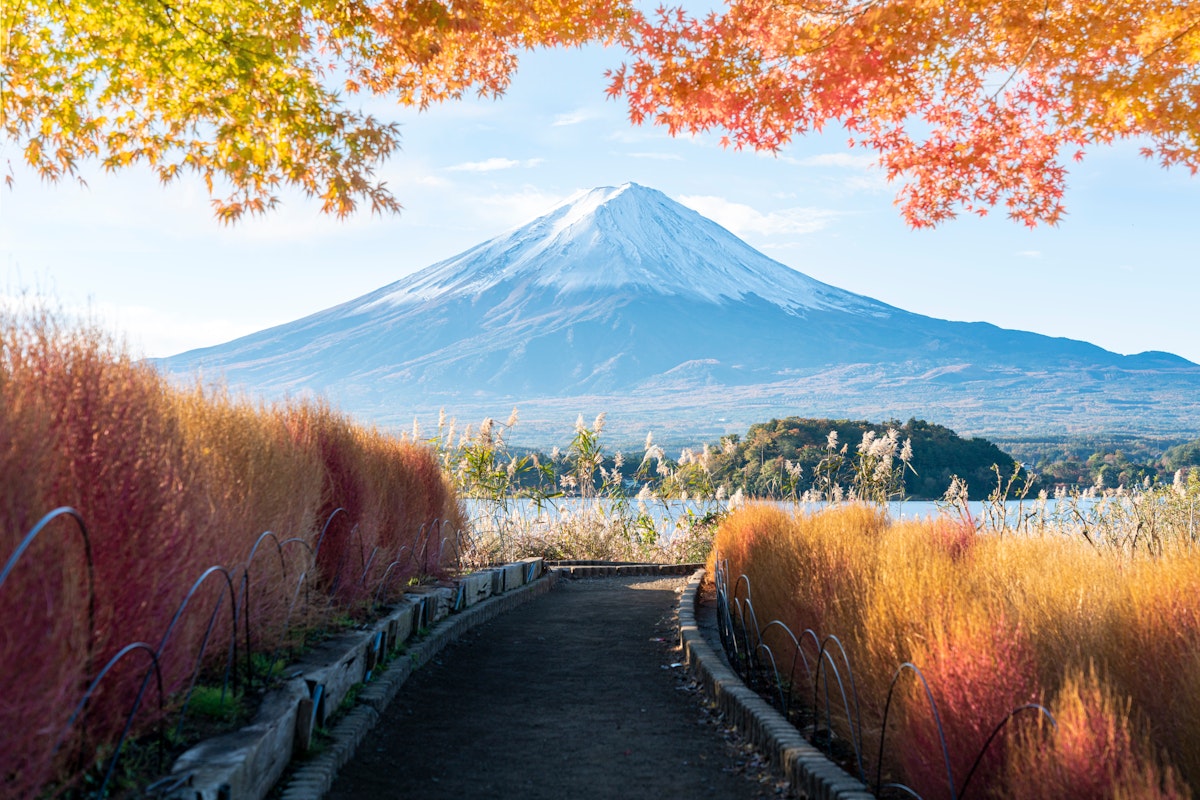
日本最高峰の富士山の魅力に勝るものはありません。富士山は、自然界の象徴として崇められています。ご来館の方へ東京、富士山への日帰り旅行は、賑やかな街から離れて、パノラマの景色、伝統的な神社、湖、さらにはスリル満点のジェットコースターを提供する穏やかな風景へのさわやかな脱出を約束します。
富士山を1日で訪れるのは大変なことですが、特に地元の人のように旅をナビゲートする方法を知っていると、やりがいのある旅になります。富士五湖を巡る冒険をしたい方も、象徴的な富士山を眺めながら温泉でリラックスしたい方も、東京から富士山への完璧な日帰り旅行を計画するために必要なものがすべて揃っています。
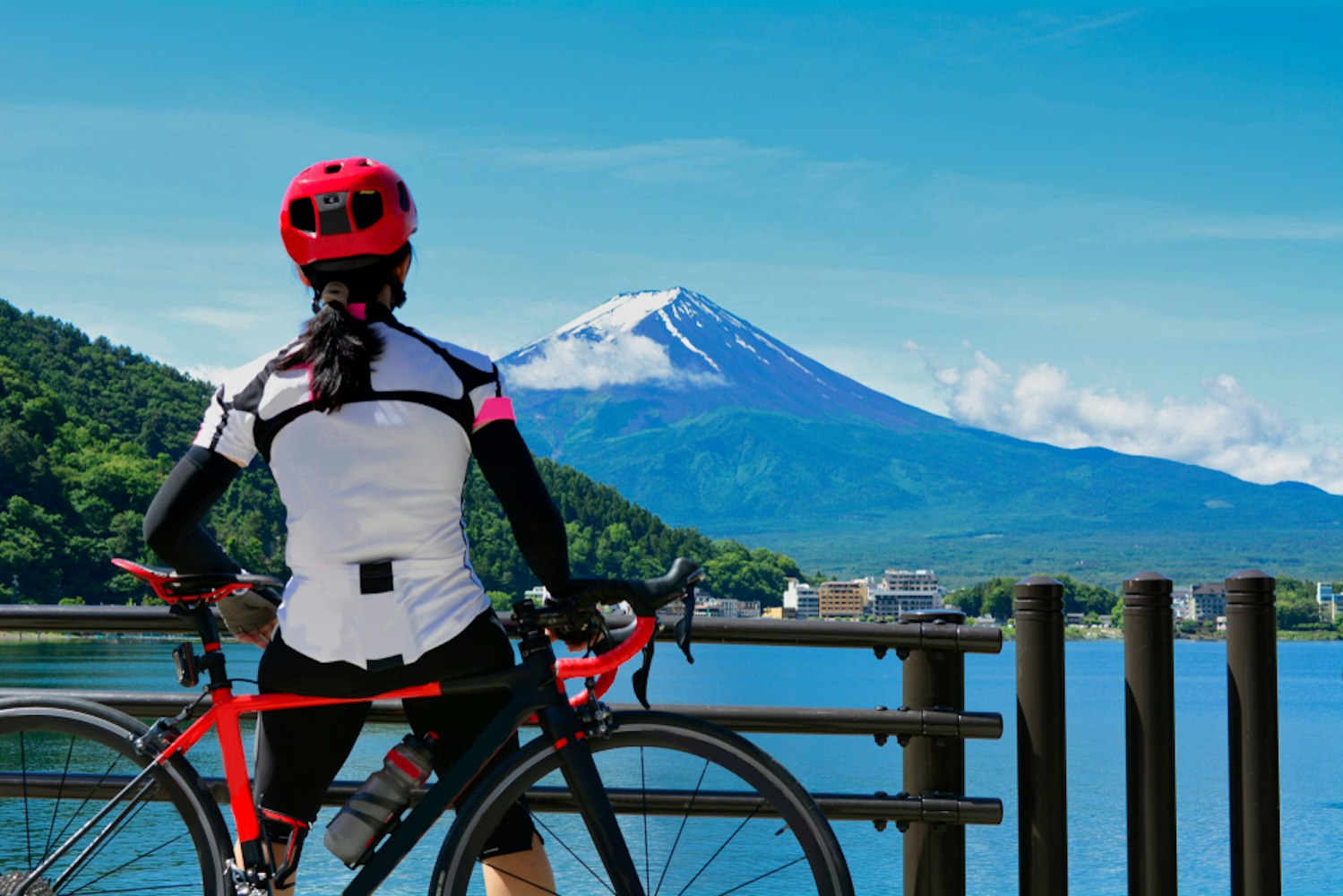
直通バスを選んだ場合富士山は、利便性と手頃な価格の両方を求める旅行者にとって賢い選択です。新宿駅や東京駅などの東京の主要ハブ駅から出発するバスは、河口湖駅や富士山駅などの富士山の重要な場所に直通でアクセスできます。
富士急バスと高速バスは、交通状況によって所要時間が異なる場合がありますが、通常約2時間でルートを移動できます。これらのバスは、4月上旬の桜の季節や8月中旬の夏の登山シーズンなど、需要の高い季節にはすぐに満員になる傾向があるため、スムーズな移動を確保するためには、事前にチケットを予約することをお勧めします。
ジャパンレールパスをお持ちの方は、富士山への列車での旅は、日本の田園地帯の素晴らしい景色を眺めながら、柔軟性に富んでいます。東京駅を出発し、JR中央線に乗り、都会の風景の中を進み、大月駅に到着します。
ここでは、趣のある町を曲がりくねって進み、特に晴れた日には富士山を垣間見ることができる富士急行電鉄に乗り換えます。このルートは直通バスよりも少し長いかもしれませんが、自分のペースで立ち止まり、探索し、地元の風景を味わうことができます。
バスツアーは、東京からの富士山の日帰り旅行をストレスなく行い、交通手段、スケジュール、旅程計画に気を配り、旅を楽しむことができます。多くのツアーは、次のような中央ハブから出発します東京駅または新宿駅には、湖畔の景色で有名な河口湖、象徴的な忠嶺塔で知られる新倉山浅間公園、四季折々の花が息を呑むような富士山の景色を縁取る大石公園などの素晴らしい観光スポットに停車します。
ツアーガイドでは、山の歴史的および文化的重要性、隠された宝石に関するヒント、最高の写真の見晴らしの良い場所についての地元の洞察を得ることができます。ツアーには、温泉や季節の祭りなど、追加の場所や体験への訪問も含まれることが多く、富士山周辺で包括的で豊かな体験を提供します。
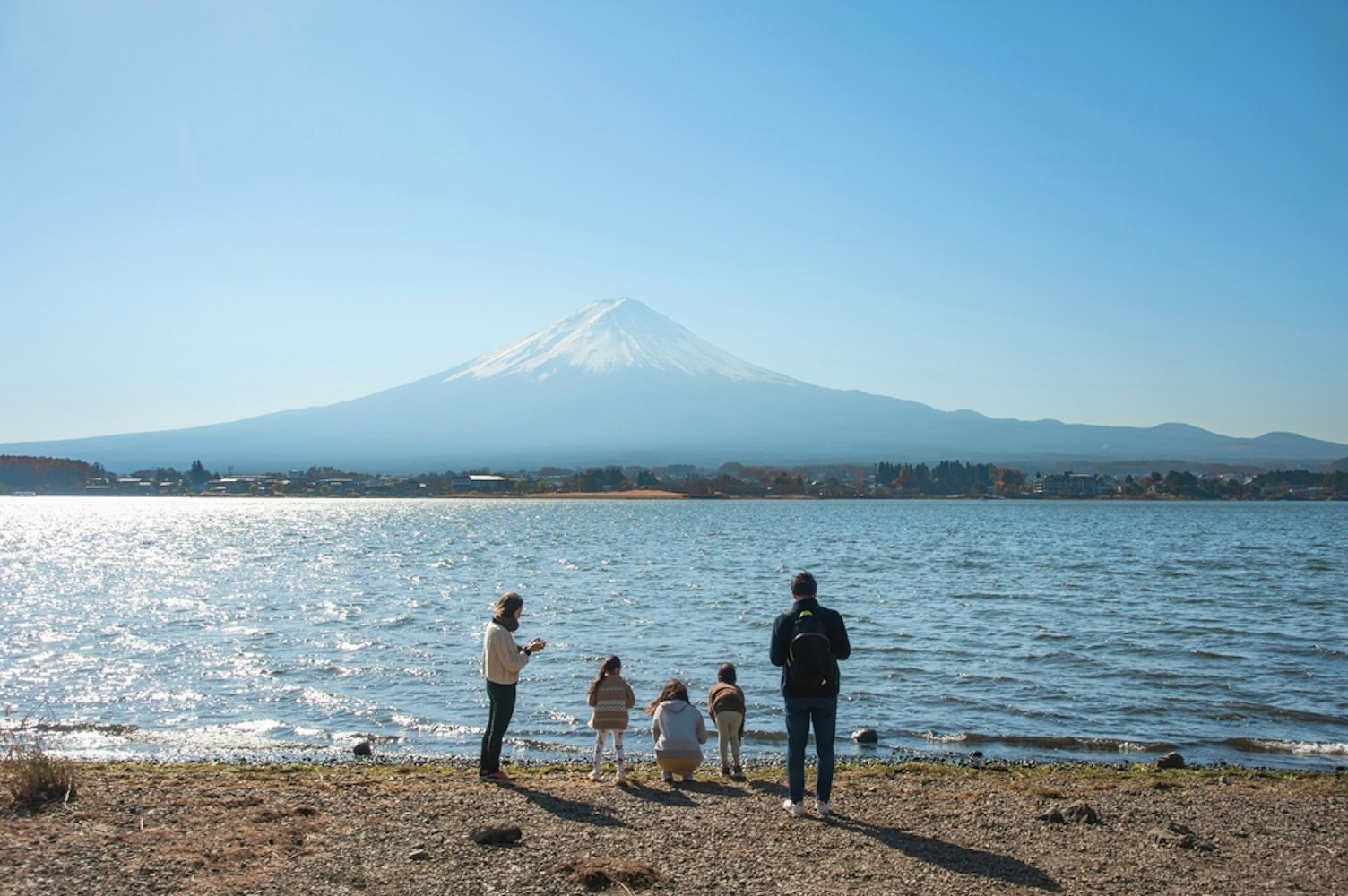
河口湖は、富士五湖は、アクセスのしやすさと富士山のパノラマビューで有名で、地元の人や旅行者に人気があります。静かな海岸沿いでは、散歩をしたり、湖で静かなボートを楽しんだり、ヨーロッパ風の庭園と音楽の展示を組み合わせた魅力的な河口湖音楽の森博物館に立ち寄ることができます。
4月上旬には湖畔に桜が咲き誇り、富士山を圧巻する絶景です。11月は鮮やかな紅葉をもたらし、写真家や自然愛好家にとって理想的な季節です。
これらの季節の移り変わりは、都会から逃れて富士山エリアの静かな美しさを体験したい人に、壮大な景色と穏やかな雰囲気を提供します。
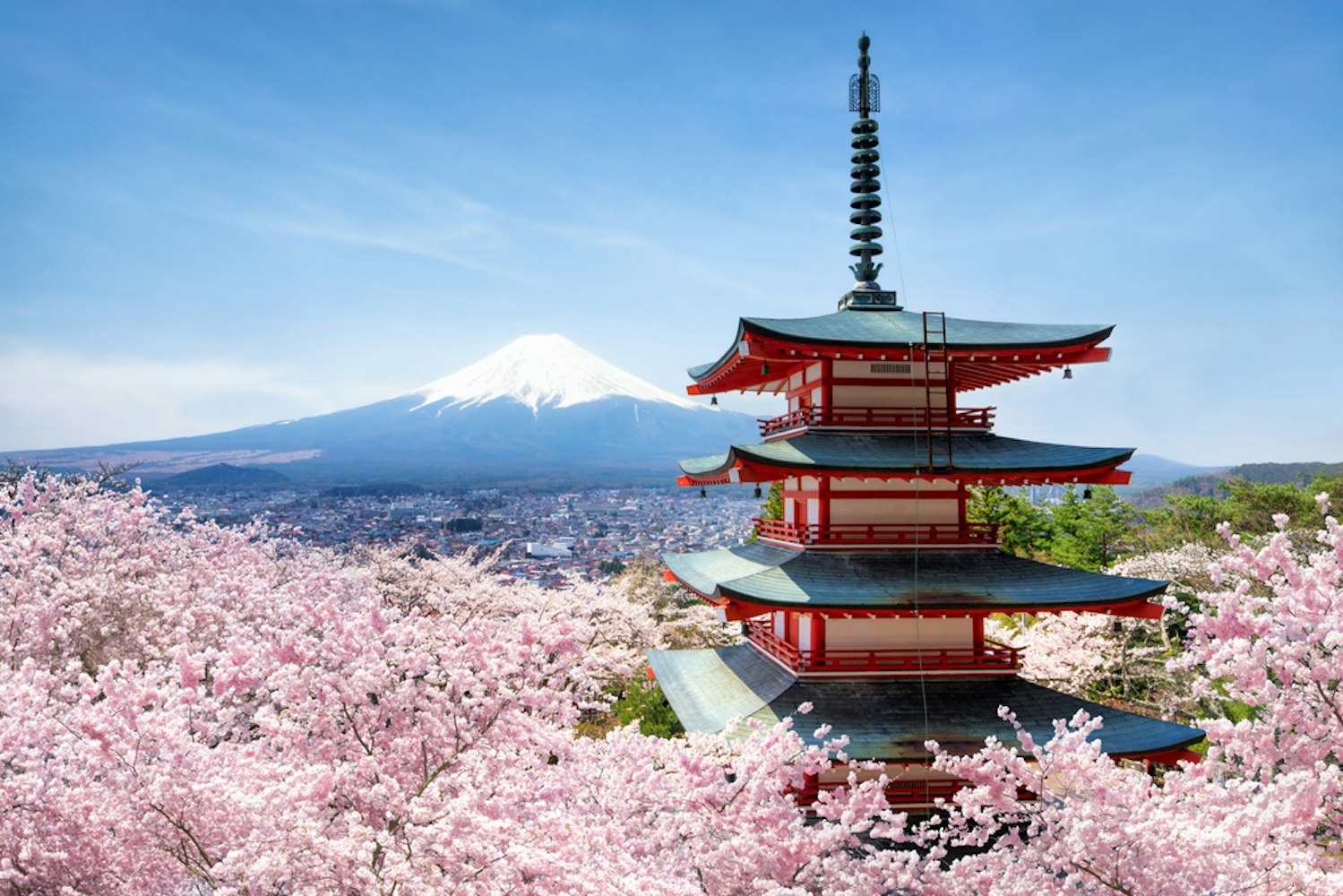
荒倉山浅間公園象徴的な5重塔の中霊塔に囲まれた富士山のクラシックな景色を求める人にとっては必見です。公園は、絵のように美しく、日本を象徴するシーンを作り出しています。
4月上旬の桜の季節には、公園は息を呑むようなピンクの花に変身し、雪をかぶった山と赤い塔に鮮やかなコントラストを加え、訪問者や写真家を魅了します。このスポットは視覚的に素晴らしく、静かな敬意の場として機能し、訪問者は日本文化の聖地としての富士山の精神的な重要性を体験することができます。
静かな遊歩道と展望台がある新倉山浅間公園は、日本で最も尊敬されている山の美しさと文化の深さを鑑賞するための静かな隠れ家を提供します。
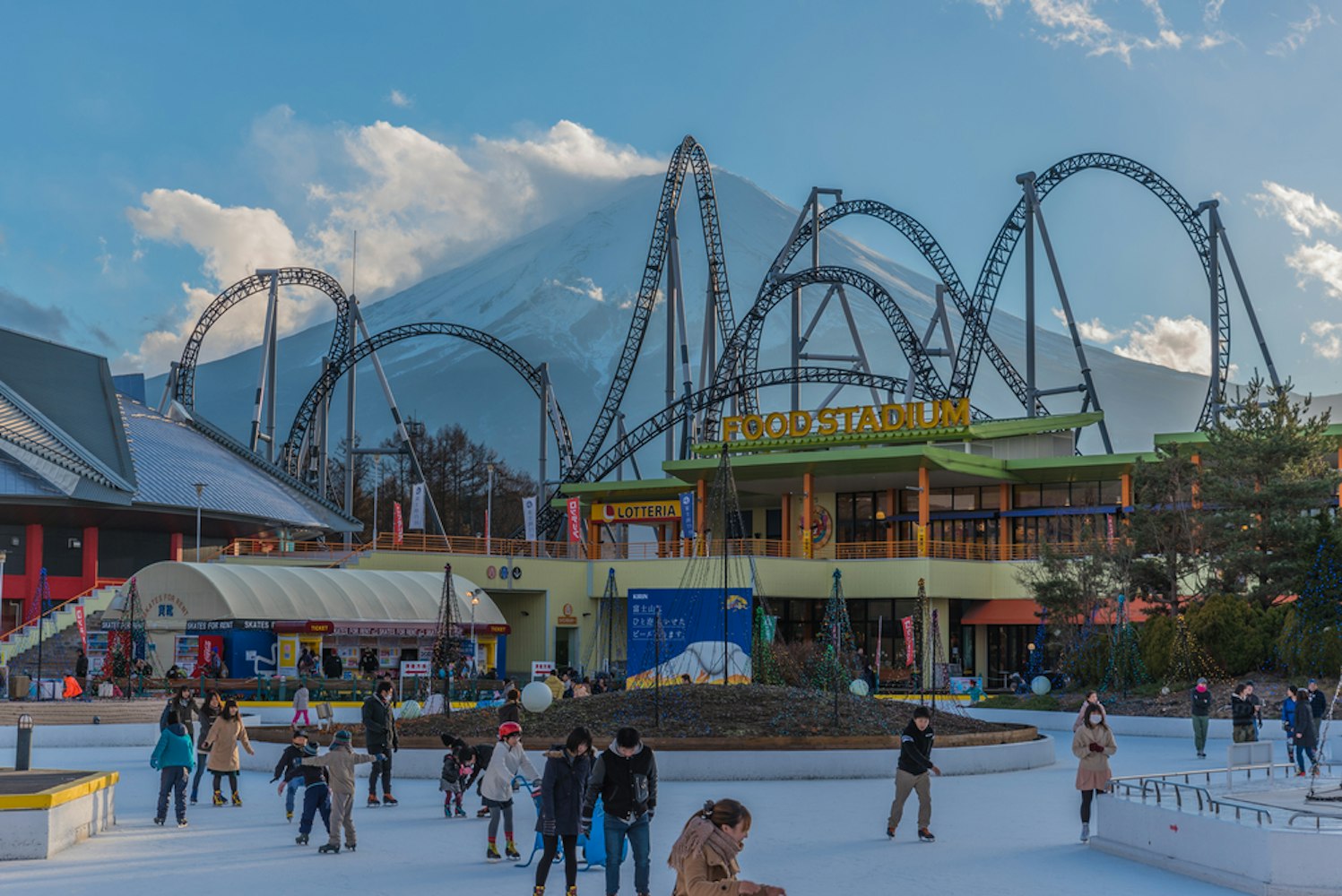
冒険を渇望する人々のために、富士急ハイランド畏敬の念を抱かせる富士山を背景に、世界で最も急で最速のジェットコースターで、ドキドキするスリルを味わえます。ライダーが360度回転する「4次元」コースターのEejanaikaや、世界最速の1つであるDodonpaなどの乗り物は、富士山が堂々と迫り来る、忘れられないラッシュを提供します。
入場料と乗車料金は追加料金がかかりますが、この体験は、他の場所では見つけるのが難しい自然の美しさと高速の楽しさの真にユニークな組み合わせを提供します。ジェットコースターに加えて、公園にはお化け屋敷、穏やかな乗り物、さらには子供向けのアトラクションがあり、スリル満点の一日を求めるあらゆる年齢の訪問者にとって価値のある場所です。
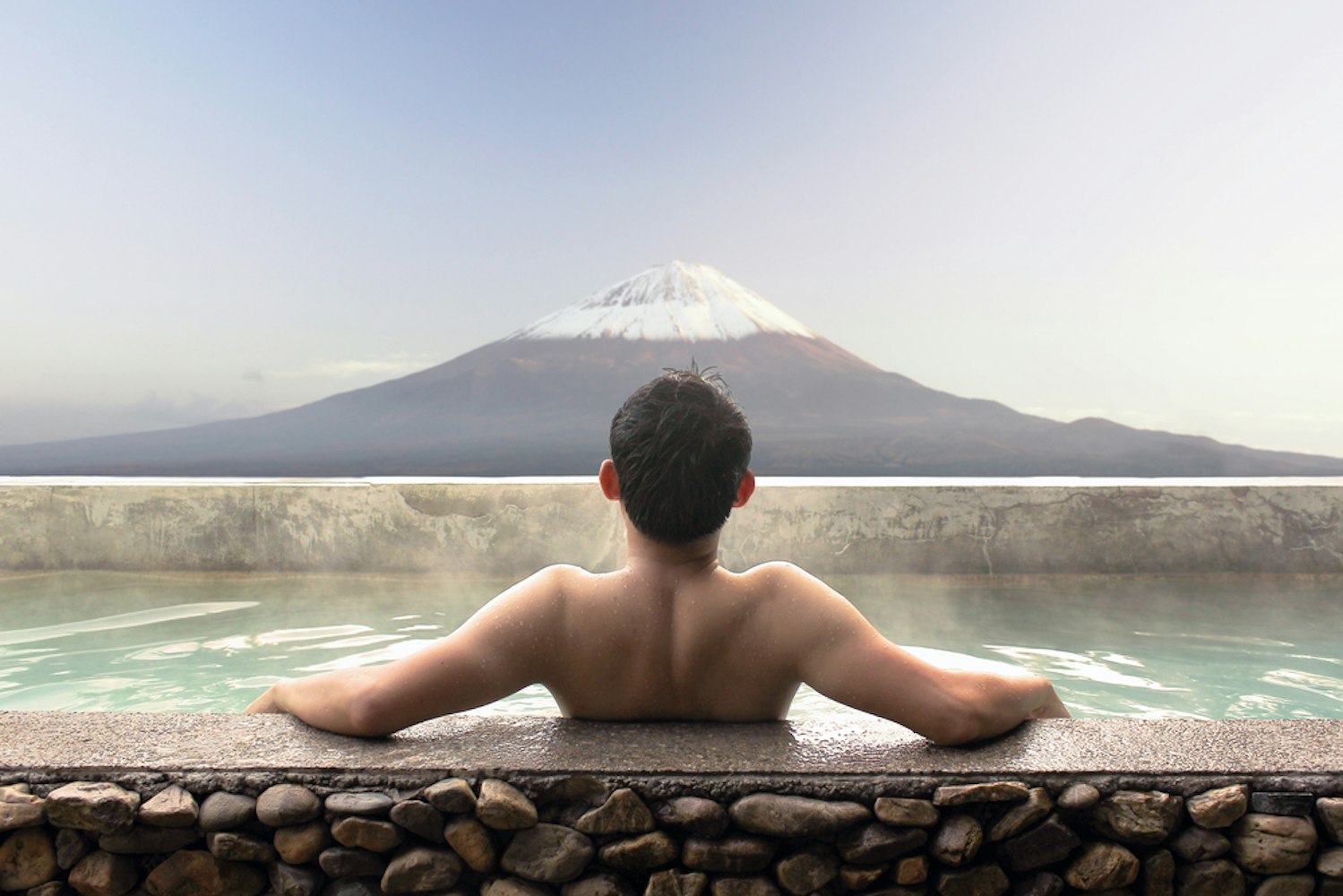
楽しむ温泉風呂富士山を体験する最も穏やかな方法の1つです。リラクゼーションと見事な自然の美しさを兼ね備えています。
由良里温泉のような伝統的な温泉は、富士山に向かって直接露天風呂を提供し、日本の象徴的な山を最前列で眺めながら浸かることができます。地元の人も観光客も、富士山のピークが不明瞭になる可能性のある曇りの日に特に魅力的ですが、温泉の霧がかかった静かな環境が雰囲気を高めます。
ミネラル豊富な温かみのある水に浸かることは、日本のウェルネス文化にも深く根ざしており、風景や地元の伝統とつながる若返りの方法となっています。
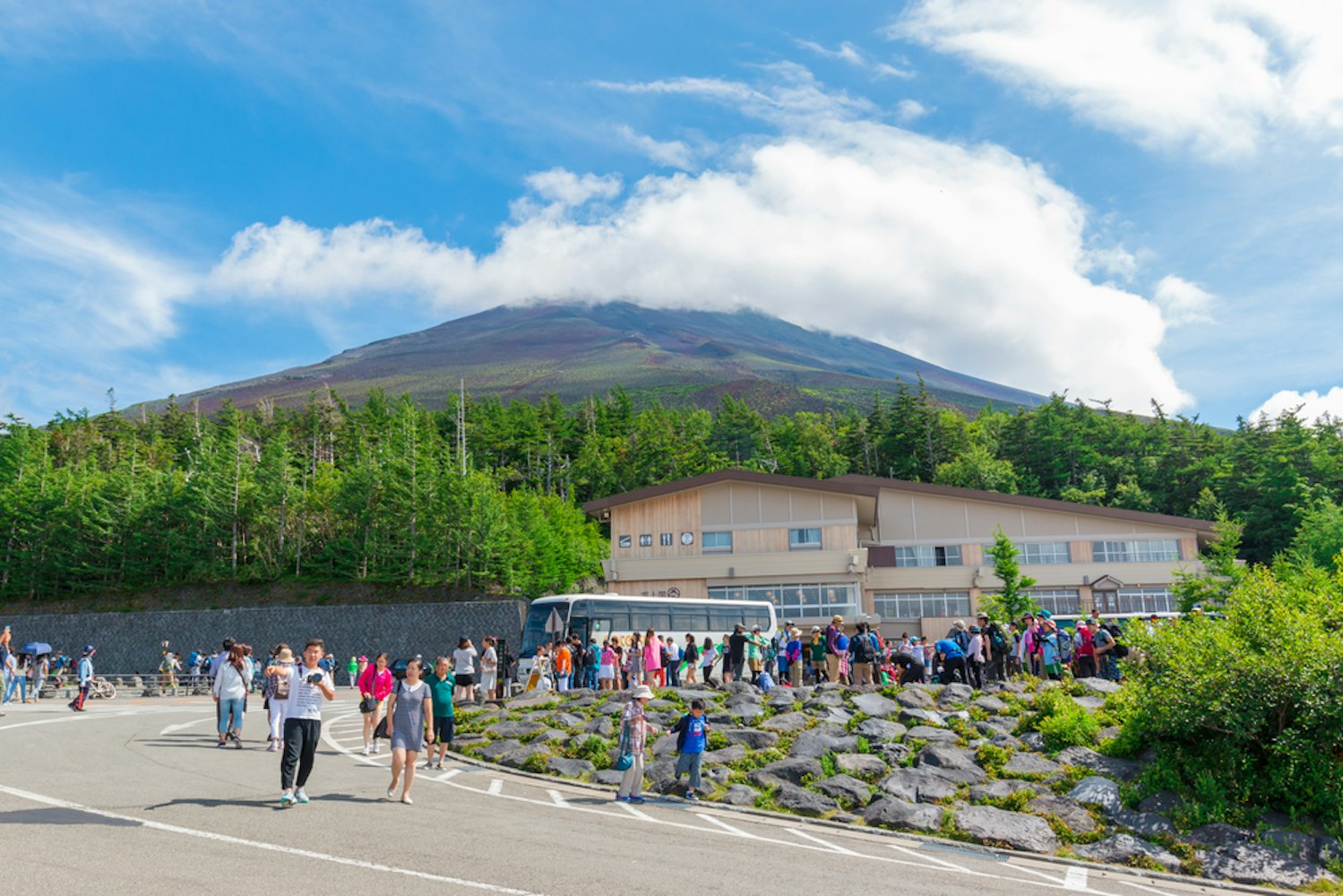
合計登りにこだわらずに富士山の登りを味わいたい人にとって、5合目は完璧な妥協点を提供します。山の中腹に位置し、直通バスで行くことができます。東京または車で行くのも良いので、日帰り旅行にも便利です。
ここでは、富士五湖地域とその周辺の渓谷を一望でき、ハイキング全体の物理的な挑戦なしに標高感を得ることができます。5合目は一年中アクセス可能ですが、天気が予測しやすく、施設がオープンし、山の自然の美しさがピークに達する6月上旬から8月中旬までの登山シーズンに最高評価を得ています。
天気予報を確認する:富士山周辺の天気は急変するので、出発前に予報を必ず確認しておきましょう。視界を確保するには晴れた日が最適ですが、曇りの日でも山とその周辺を眺めることができます。
暖かいレイヤーでドレスアップ:富士山の標高が高いと、晴れた日でも肌寒くなることがあります。したがって、特にハイキングや屋外で過ごす予定がある場合は、暖かい服装と快適な靴を着用することが不可欠です。
各スポットでの時間を考慮してください: 一日中探索しながら、冒険とリラクゼーションのバランスを取るためのルートを計画しましょう。河口湖などいくつかのスポットを訪れ、中霊塔、箱根ロープウェイの展望台では、富士山エリアの充実した体験ができます。
軽食と水を持参してください:富士山周辺には地元のカフェや飲食店があるので、軽食を少し手元に置いておくと便利です。電車やハイキングなど、軽食をすぐに利用できない場合に便利です。
Googleマップを使用する:スポット間のナビゲーションは、Googleマップで簡単に行うことができます。電車の時間、徒歩ルート、簡単な食事をとる場所を見つけるのに役立つため、独立して探索する人にとっては有益です。
東京から富士山への日帰り旅行は、自然の美しさと文化的な没入感が融合した、日本で最も象徴的な観光スポットの1つを体験するユニークな方法です。河口湖の穏やかな景色からスリル満点の富士急ハイランドそして伝統的な温泉のリラクゼーション、富士山の近くでのすべての瞬間は、日本に対する新しい視点とより深い感謝をもたらします。
思慮深い計画と適切な交通手段により、この旅行はシームレスなエスケープに変えることができます。この旅を日本の旅程の一部にする準備はできましたか?今すぐ計画を立てて、富士山を忘れられない冒険の中心にしましょう。
富士山を日帰りで訪れるのに最適な時期はいつですか?
見頃は桜の4月上旬、紅葉の見頃は11月です。公式の登山シーズンは7月上旬から9月上旬で、トレイルや施設が全開です。
富士山周辺で守るべき文化的なエチケットはありますか?
はい、神社ではお辞儀をしたり、浄化の噴水を使ったり、立ち入り禁止区域での写真撮影を避けたりして、敬意を表しましょう。トレイルでは、小道にとどまり、騒音を最小限に抑え、ゴミを捨ててください。
富士山の近くで自転車を借りることはできますか?
はい、河口湖周辺の自転車レンタルは、地元の湖や村を探索するための風光明媚な方法を提供します。
富士山の日帰り旅行でどんな地元の食べ物を試すべきですか?
ほうとうどん(うどん入りのボリュームたっぷりの味噌汁)、吉田うどん(醤油スープ入りの歯ごたえのある麺)、フジヤマたい焼き(甘い餡を詰めた魚の形をしたペストリー)をお試しください。
富士山の近くには、参加する価値のあるお祭りはありますか?
4月の富士山本宮浅間大社春祭りや8月の吉田火祭りを考えてみてください。どちらも富士山にまつわるユニークな文化体験ができます。



